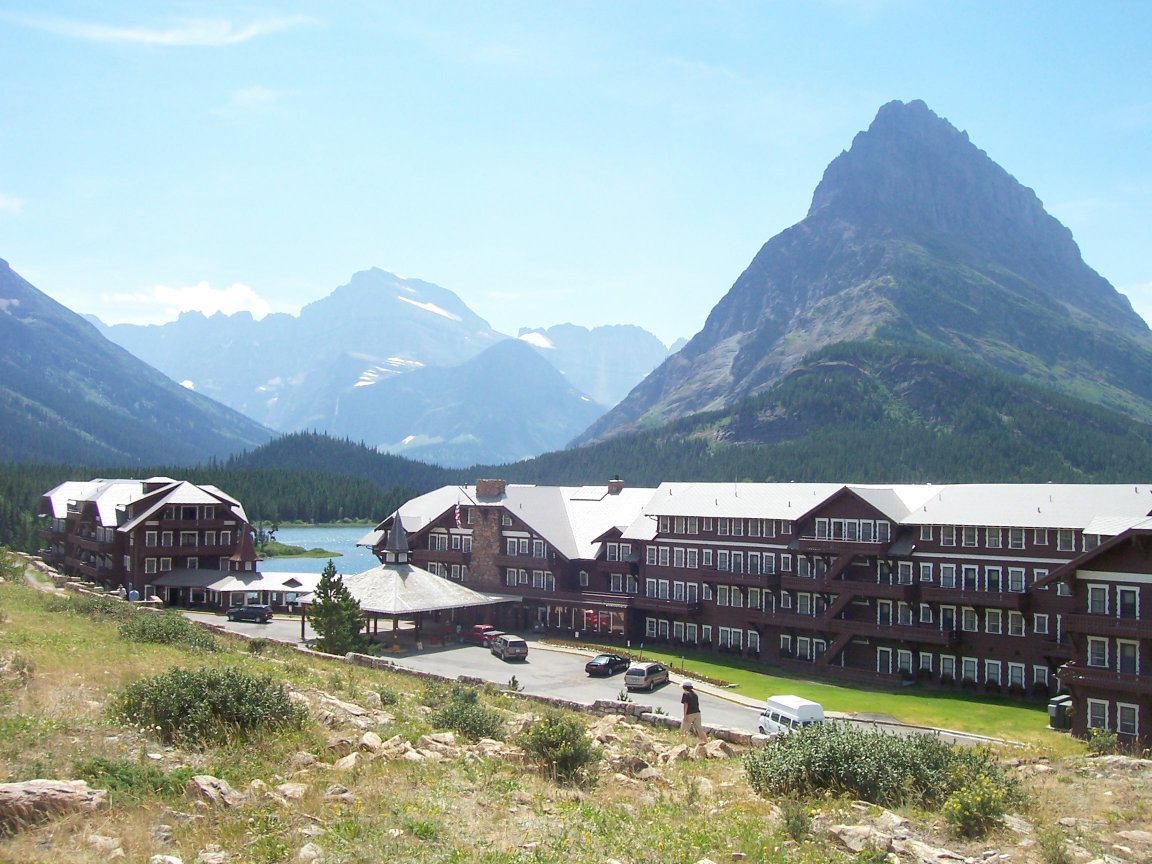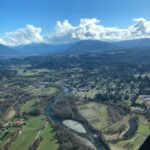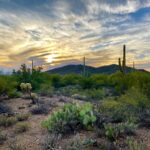Quick Bits:
Glacier National Park sits in the Rocky Mountains of Montana, touching the Canadian border. It spans over a million acres, filled with forests, alpine meadows, lakes, and glaciers. This place is more than scenery. It’s a living museum of geologic and ecological history. People visit for hiking, wildlife viewing, stargazing, and solitude.
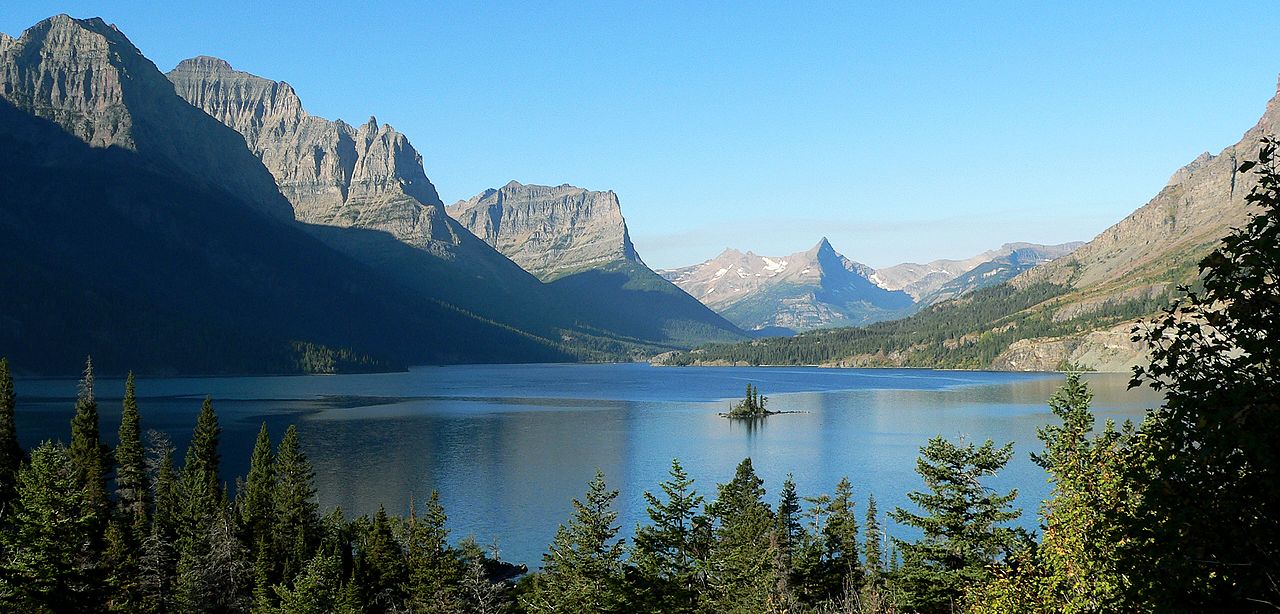
Image by: Thomas – Via Wikipedia
Key Highlights
- Home to 700+ miles of hiking trails
- Over 130 named lakes
- More than 1,000 plant species
- 71 mammal species including grizzly bears and mountain goats
- The iconic Going-to-the-Sun Road crosses the Continental Divide
- Designated as a UNESCO World Heritage Site and Biosphere Reserve.
General Information
Glacier National Park was established in 1910. Its purpose: to preserve the rugged landscape and native ecosystems. The park’s name comes from the ancient glaciers that carved its dramatic valleys. While many of those glaciers have receded, their legacy remains etched in stone and water.
Visitors can drive, bike, or hike to explore the park. Entry passes are required, with special permits during summer months for high-traffic areas like Going-to-the-Sun Road. Rangers offer tours, talks, and safety briefings, especially on bear awareness and mountain conditions.
The park belongs to the Crown of the Continent ecosystem. It shares a border with Waterton Lakes National Park in Canada. Together, they form the Waterton-Glacier International Peace Park. It’s the first of its kind.
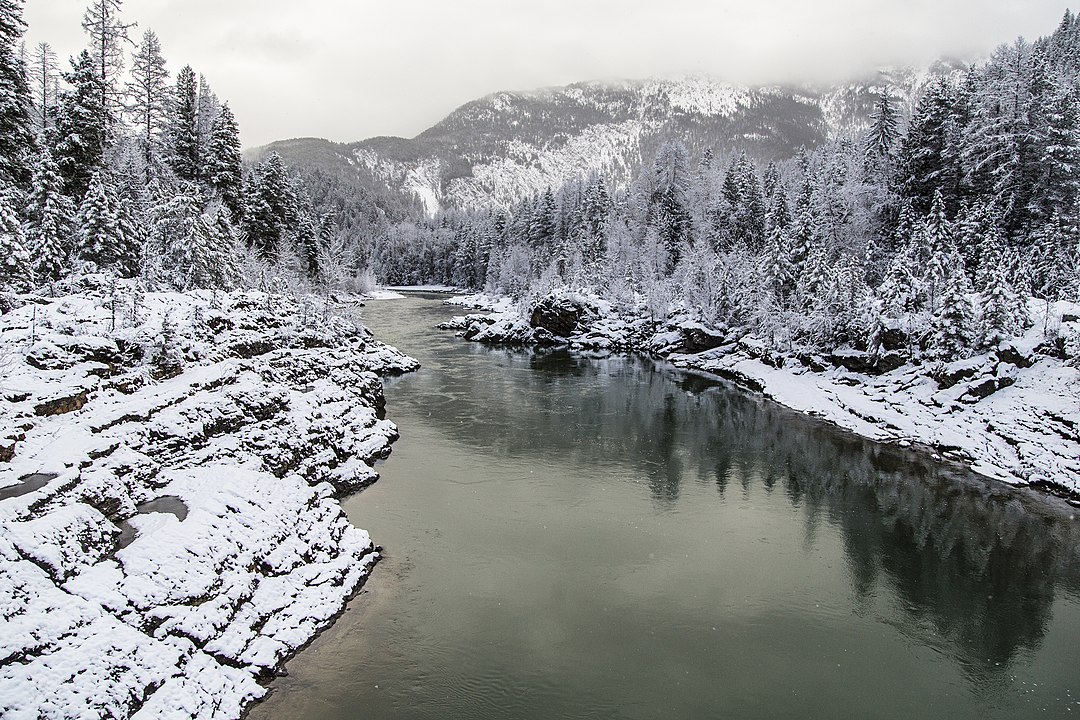
Image by: Jacob W. Frank – Via Wikipedia
Geography Information
Glacier National Park features rugged terrain shaped by glaciers and tectonic shifts. The Continental Divide runs through the park, splitting river flow between the Pacific and Atlantic.
The park includes:
- Glacier-carved U-shaped valleys
- Craggy mountain peaks over 10,000 feet
- Deep alpine lakes fed by snowmelt
- Meadows bursting with wildflowers
- Dense coniferous forests
Prominent geological features:
- Lewis Overthrust Fault: pushes ancient rocks atop newer formations
- Garden Wall: a steep ridge along the Continental Divide
- Logan Pass: the park’s highest reachable point by car.
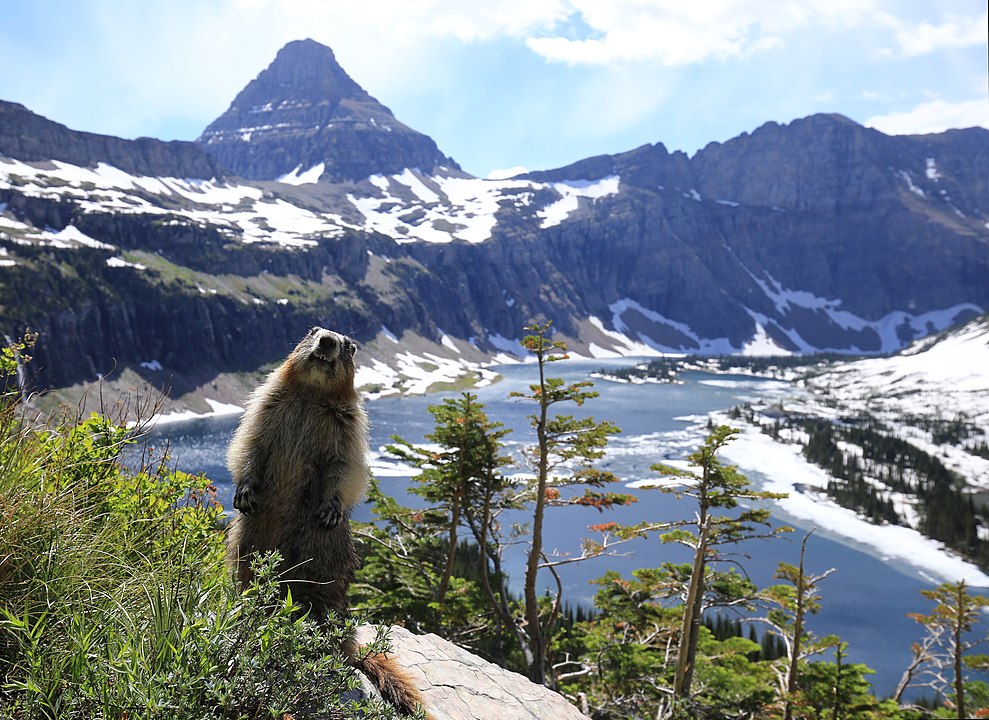
Image by: Tobias Klenze – Via Wikipedia
Places to Visit
Going-to-the-Sun Road
This 50-mile scenic drive connects the east and west sides. It hugs cliffs and offers panoramic views. Key stops include:
- Logan Pass: access to Hidden Lake Trail
- Jackson Glacier Overlook
- Weeping Wall: a seasonal waterfall across the road
Many Glacier
Known for wildlife sightings and dramatic mountain scenery. Key highlights:
- Swiftcurrent Lake: great for kayaking and photography
- Grinnell Glacier Trail: strenuous but rewarding
Two Medicine
Less crowded, but equally scenic. This area features:
- Scenic boat rides on Two Medicine Lake
- Aster Falls and Twin Falls
Lake McDonald
The largest lake in the park. Its calm waters reflect nearby peaks. Attractions:
- Lake McDonald Lodge: a historic Swiss-style inn
- Apgar Village: gift shops, eateries, and rentals
North Fork
Remote and rugged. You need a high-clearance vehicle. Worth the effort for:
- Bowman Lake: camping, paddling, solitude
- Polebridge Mercantile: pastries and a step back in time.
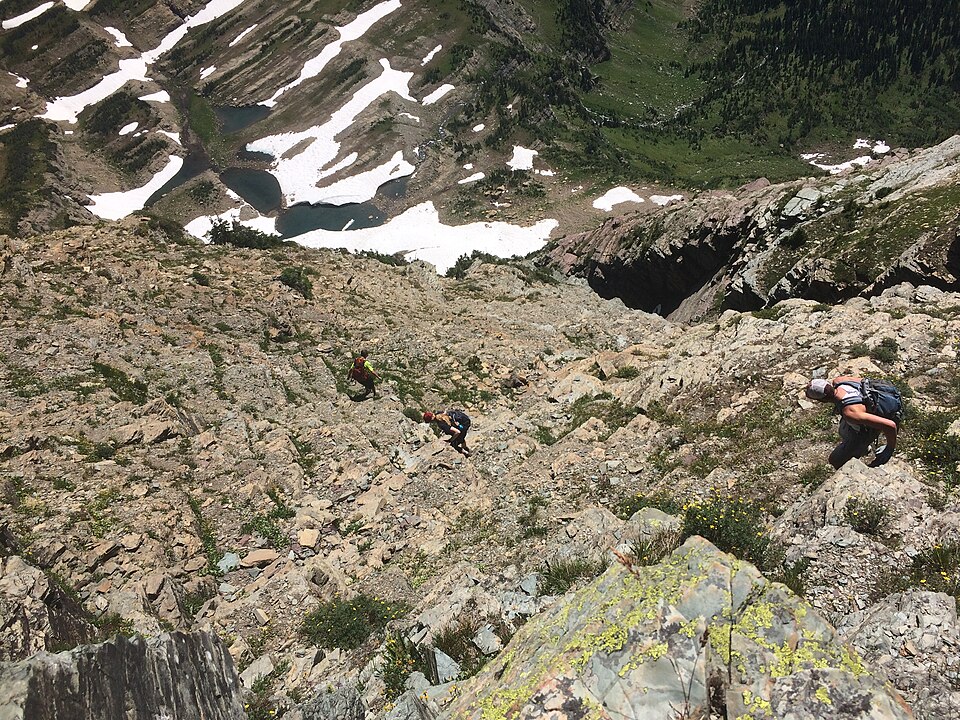
Image by: Keegsieb – Via Wikipedia
Yearly Climate
Glacier National Park’s climate varies by elevation and season. Here’s what to expect:
Winter (November to March)
- Snow blankets most of the park
- Roads close except for the lower sections
- Backcountry access limited
- Ideal for snowshoeing and cross-country skiing
Spring (April to May)
- Snow begins to melt
- Wildlife emerges from hibernation
- Avalanches can block trails
- Lower trails become accessible
Summer (June to August)
- Prime time for hiking and camping
- Wildflowers peak
- Going-to-the-Sun Road usually opens late June or early July
- Thunderstorms possible
Fall (September to October)
- Fewer crowds
- Larch trees turn golden
- Bears forage before hibernation
- Higher elevation snow may return
Temperatures range widely. Mountain weather shifts fast. Always pack layers.
Best Time of Year to Visit
July to September
These months offer the best access, especially to alpine areas. Trails are clear, and services operate at full swing. Ideal for:
- Hiking
- Wildlife viewing
- Scenic drives
Late June
Lower valleys bloom with wildflowers. Going-to-the-Sun Road may partially open. Expect snow at higher elevations.
Early October
Fall foliage reaches peak color. It’s quieter, and animals are active. Some facilities begin to close, so plan ahead.
Avoid late fall and early spring unless you prefer solitude over access. Winter has its charm but demands preparation.
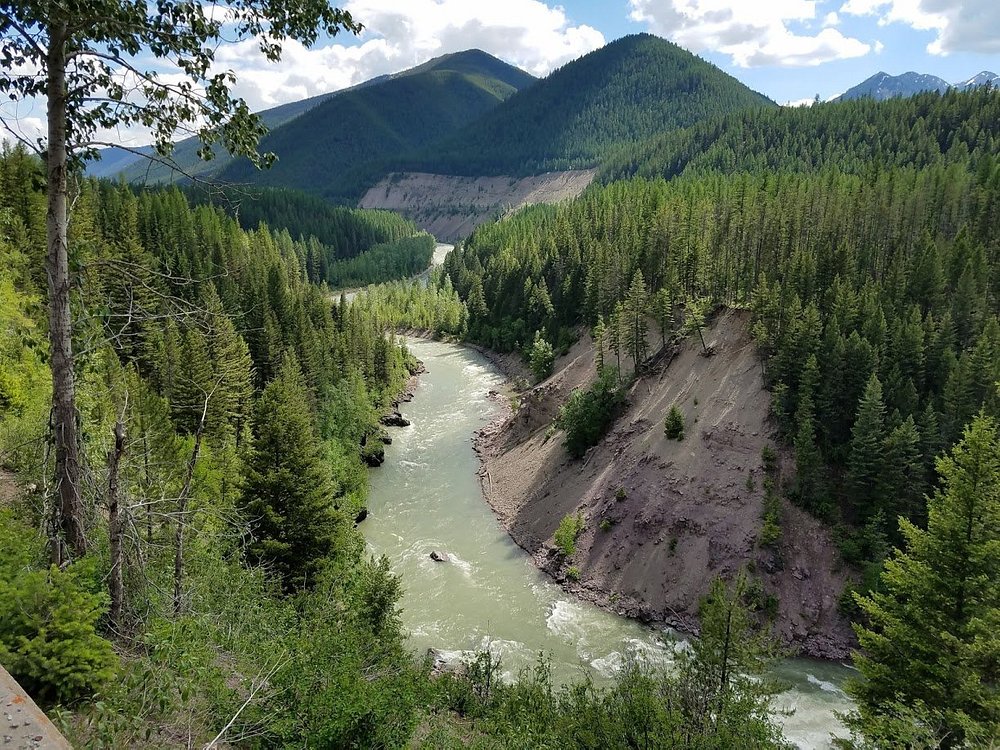
Image by: Helen711 – Via Tripadvisor
In Summary…
Glacier National Park offers a rare blend of wilderness, beauty, and quiet. From wildflower meadows to icy summits, it speaks to those who seek awe. Each season offers a different face. Whether on a crowded summer trail or a snow-covered ridge in winter, this park leaves an imprint.
Respect the land, follow safety rules, and stay on trails. This place has stood for millions of years. Visit with care. Leave no trace.

